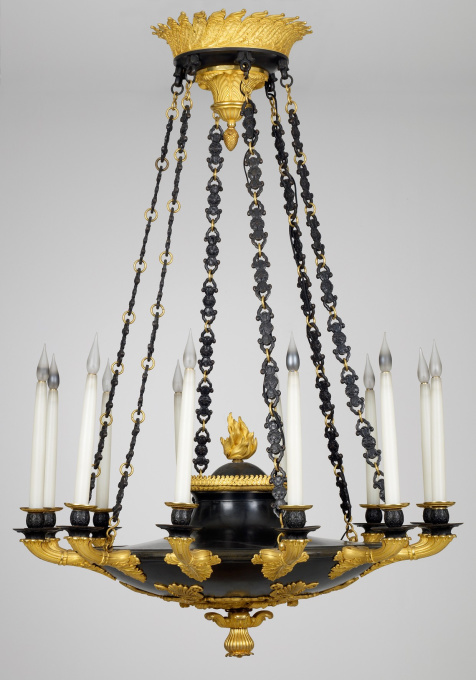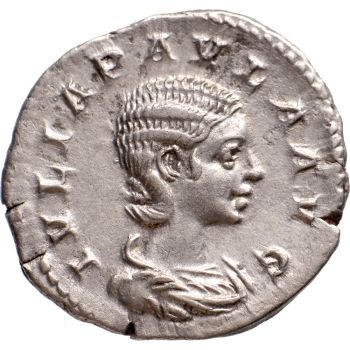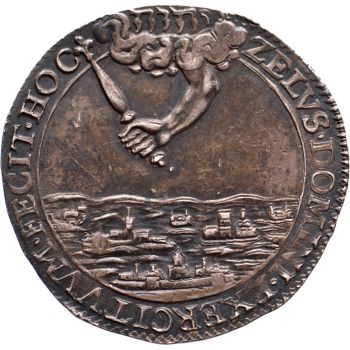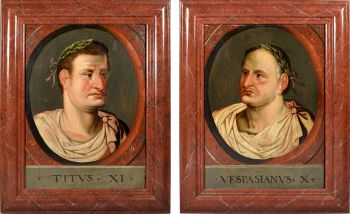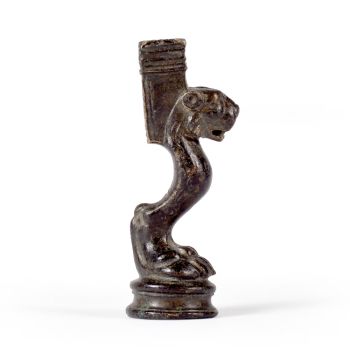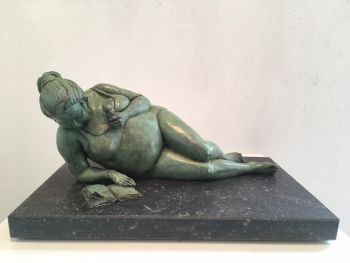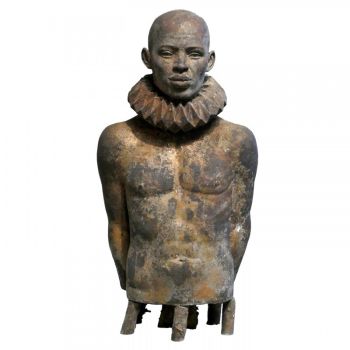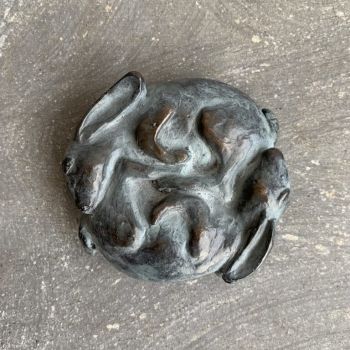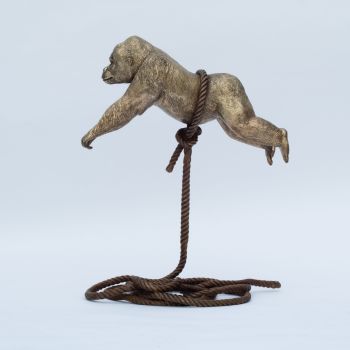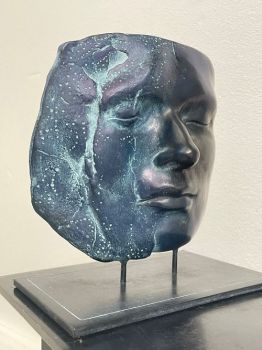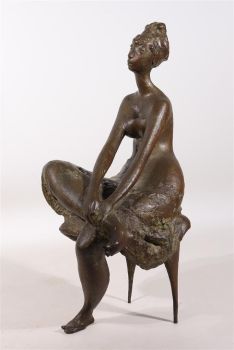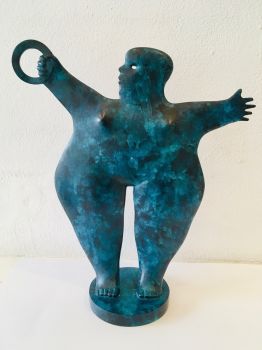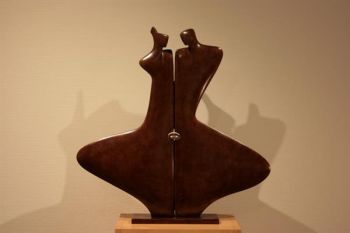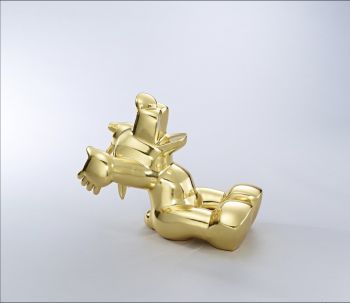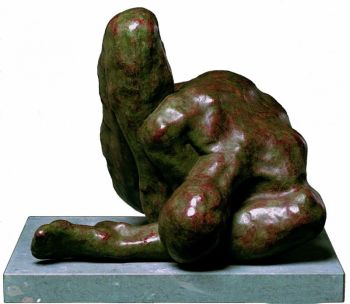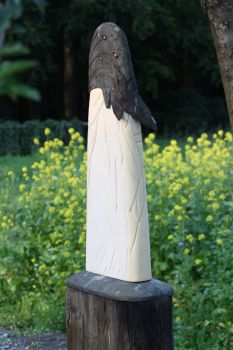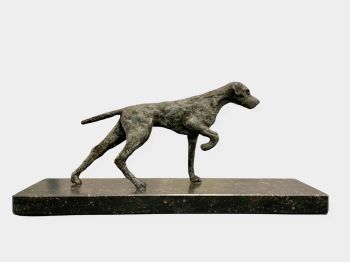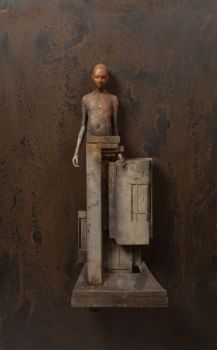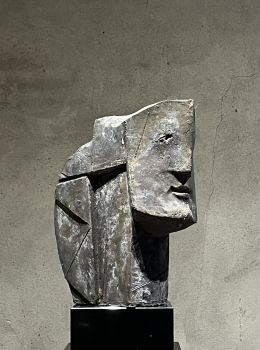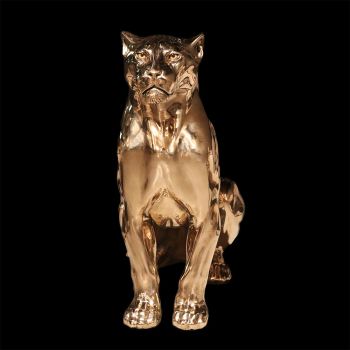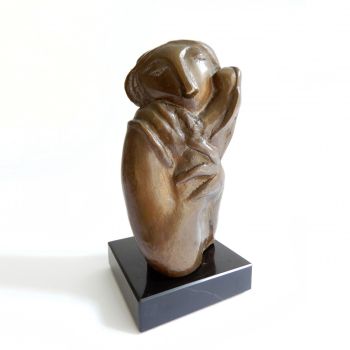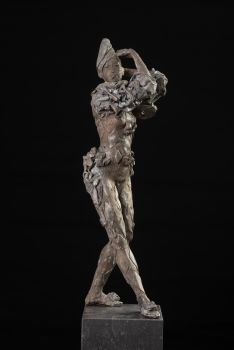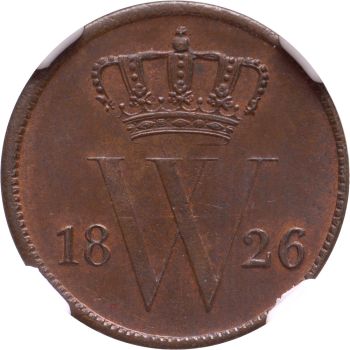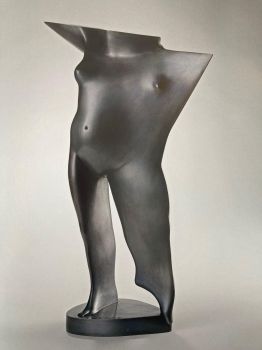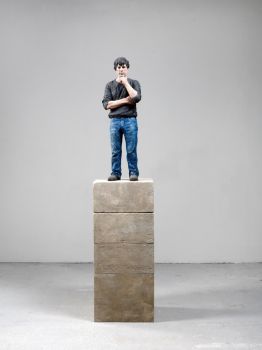Disc Shaped Chandelier 1805
Artista Desconocido
BronceOroMetalDorado
115 cm, ø 85 cm
Actualmente no disponible a través de Gallerease
- Sobre la obra de arteThis twelve-light chandelier hangs from six patinated bronze chains. The chains consist of flower shapes that are connected with ormolu rings. The upper crown is decorated with a wreath of Acanthus and stylized flowerbuds. Hanging down a decorated ormolu cone shape that ends in a pinecone. The chains hang from six rings in the from of flowerbuds.
The large disc carries a censer with a gilded raised edge and a representation of a large flame. At the bottom a large ormolu bronze, richely decorated, rosette.
The twelve ormolu branches have the shape of acanthus stems that connect to the disc with their leafs. They end in patinated bronze candleholders and ormolu candle-rings.
The quality of the casting, as well as the chasing, is outstanding. Bronzes manufactured between 1800 and 1810 still had the excellent standard that was required by the Ancien Regime. The explanation for this is that the craftsmanship of the period before the Revolution was still present in the artisans that were educated in that period. - Sobre el artista
Puede suceder que un artista o creador sea desconocido.
Algunas obras no deben determinarse por quién está hecho o por (un grupo de) artesanos. Algunos ejemplos son estatuas de la Antigüedad, muebles, espejos o firmas que no son claras o legibles, pero también algunas obras no están firmadas en absoluto.
También puedes encontrar la siguiente descripción:
•"Atribuido a …." En su opinión, probablemente una obra del artista, al menos en parte.
•“Estudio de….” o “Taller de” En su opinión, una obra ejecutada en el estudio o taller del artista, posiblemente bajo su supervisión
•“Círculo de…” En su opinión, una obra del período del artista que muestra su influencia, estrechamente asociado con el artista pero no necesariamente su alumno.
•"Estilo de …." o “Seguidor de…”. En su opinión, una obra ejecutada al estilo del artista pero no necesariamente por un alumno; puede ser contemporáneo o casi contemporáneo
•"Manera de …." En su opinión una obra al estilo del artista pero de fecha posterior
•"Después …." En su opinión, una copia (de cualquier fecha) de una obra del artista
•“Firmado…”, “Fechado…” o “Inscrito” En su opinión, la obra ha sido firmada/fechada/inscrita por el artista. La adición de un signo de interrogación indica un elemento de duda.
•“Con firma…”, “Con fecha…”, “Con inscripción…” o “Lleva firma/fecha/inscripción” en su opinión la firma/fecha/inscripción ha sido añadida por alguien que no es el artista
Artwork details
Related artworks
- 1 - 4 / 12
Artista Desconocido
Pulseira de diamante do século 18 com entalhes de 2.000 anos1790
€ 23.000Adin Fine Antique Jewellery
 curada por
curada porDanny Bree
Artista Desconocido
Set Franse Empire Pendules / Empire Lectura penduleearly 19th
Precio a consultarKuipers Kunst & Antiek
Artista Desconocido
Set of eight gouache drawings1799 - 1801
Precio a consultarRobert Schreuder Antiquair
1 - 4 / 15- 1 - 4 / 24
- 1 - 4 / 24

